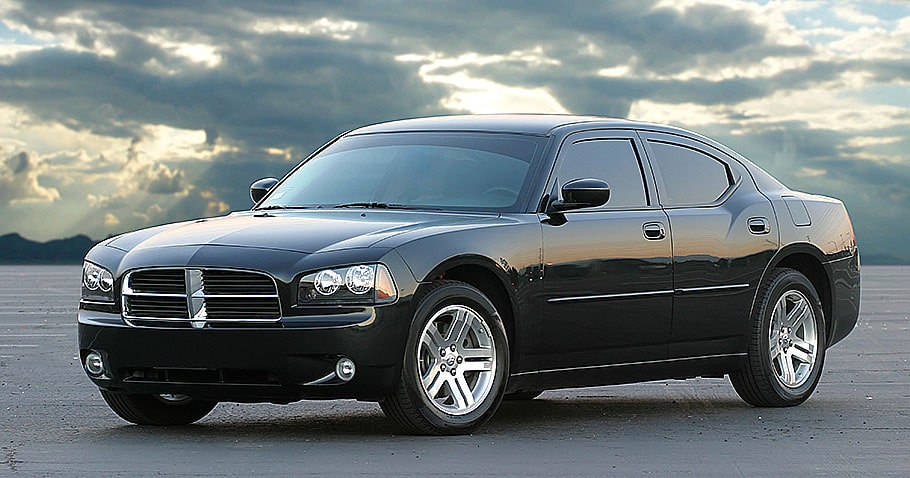A car bodywork protection film does an excellent job of keeping the look of your car intact and safeguarding it against wear and tear. However, like everything else, it too has a limited life, after which it will need to be removed. Here’s how to do it.
Step 1: Before the removal make sure you are fully prepared
If you are removing the paint protection film because it has reached its end of life, which is usually around four years, great. You can do so fairly easily since the adhesive has ideally degraded after all these years. If your reason for PPF removal is something else, for example a botched installation, a car crash, or simply a low quality film that is no longer able to do its job of protecting the paint and might as well be harming it, you will need to tread carefully, as an improper removal can do permanent damage to the car’s exterior.
A word of advice. If the condition of your car’s paint protection film is fairly good with a few rough spots, it might be possible to polish the defects to look good as new. Contact a professional PPF installer to see what can be done.
Step 2: Apply heat using a heat gun or leaving the car out in the sun
If you are using a hot air gun, make sure to keep it at least 8 inches above the surface of the car. Apply heat consistently to a region you are working on for about 2 minutes.
Step 3: Use a scraper to remove the film from the heated area
Make sure to use a non-metal scraper, and instead of applying force on the car paint job itself, try to shove the scraper under the film, gradually lifting it up from there. Keep in mind that the film comprises several layers, and there is a good chance that you may have to repeat the process over and over until for each different layer, until only the adhesive is left.
Step 4: Continuously repeat the above process until all the film is off
Tackle on the film removal in small segments and use keep repeating the process on each one until the entire PPF is successfully removed.
Step 5: Use adhesive remover to get rid of paint damaging chemicals
Be sure to get a quality branded 3M PPF adhesive remover and always follow the proper usage instructions on the packaging to ensure safety and get the best results.
Step 6: Wipe the working area to make sure nothing is left behind
Once all of the adhesive has been thoroughly removed, you can now clean away the residual chemicals you used in order to help you get rid of it. Leaving it on for too long, especially if the car is out in the sun, may trigger chemical reaction between the car body paint and the harsh adhesive remover, and may alter the look of the exterior permanently. Make sure to use a microfiber cloth for wiping off every last bit of the chemical.
Step 7: Wax thoroughly to restore the paint to its original shine
Although this step is optional, and there is a good chance that the place you go to for the second paint film installation will wax the exterior before applying the film, doing so by yourself will save you both time and money, and ensure that the paint protection film had been doing a good job of protecting the paint up till now, as after a wax, the car should return to its out of the showroom spotless look.
And there you have it. Now your car is in as good a state as new, and fully ready for a new paint protection film job. On a side note, you can just take your car to an installer for peeling the previous film off.
Keep in mind, however, that when choosing a company to apply the car paint protection film on your car, always go for a certified paint protection film installer Springfield with plenty of experience under its belt. A proper application can make the difference between the PPF lasting for years with no damage, or a botched job that will start to peel within weeks. Make sure to also look at the warranty the place offers.








Comments